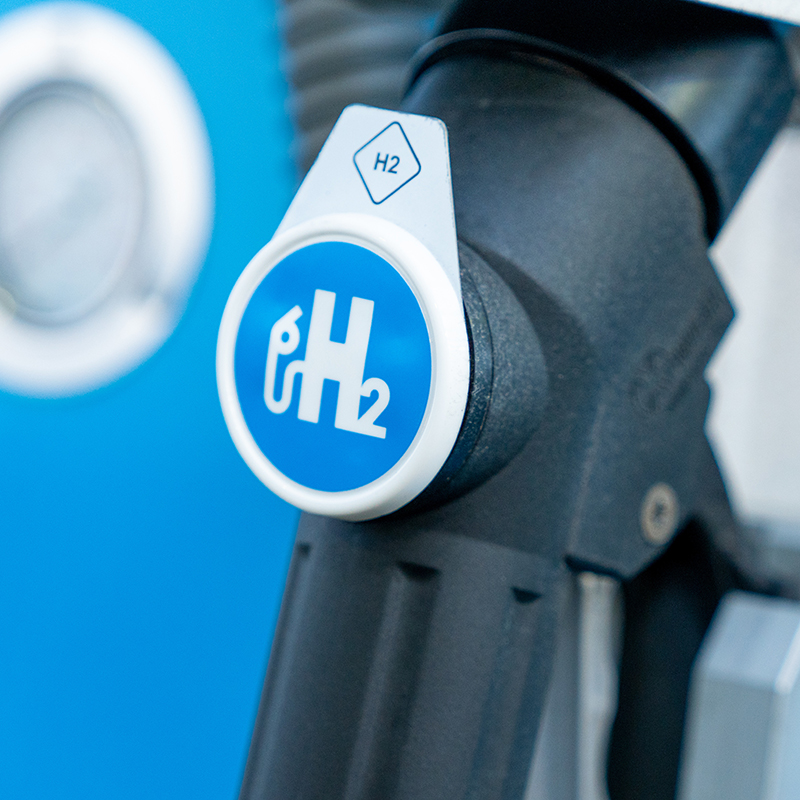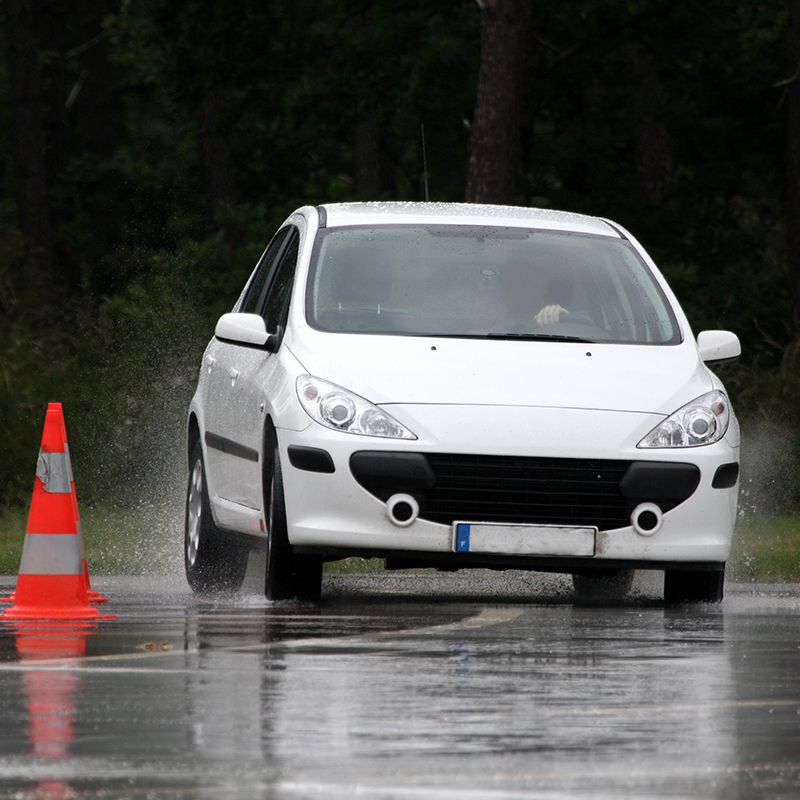The statistics are frightening: every year, more than 300,000 people are injured in road traffic accidents. Around 3,000 are killed. However, this is a step forward compared to 1970, when there were more than 20,000 fatalities in road traffic accidents each year. This development is most likely thanks to several technical innovations.
Following the invention of the crumple zone by Austrian engineer Béla Barényi in 1951, a further step towards road safety was taken with the invention of the three-point seat belt. This was developed by Swedish Volvo engineer Nils Bohlin and patented in 1959. In 1976, when the seat belt became mandatory in front seats in Germany, there was considerable pushback at first – after all, the car was a symbol of freedom and independence. Restricting themselves by wearing a seat belt did not make sense to many drivers. The airbag, invented by Munich engineer Walter Linderer and patented in 1951, met with similar resistance: some drivers feared that when triggered the technology, which is now standard in all vehicle classes, could cause injuries.
From ABS to autonomous driving: How can we be safe on the road?
To further improve safety in the car and in road traffic, mandatory, automatic systems such as ABS (anti-lock braking system) and ESP (electronic stability program) were later added to prevent the car from locking and sliding (ABS) or skidding (ESP) when braking.
Today, we take all these road traffic inventions for granted. Automatic systems – those that the driver often barely notices at all – are playing an increasingly important role. These include emergency brake assists or lane departure warning systems, as well as technologies for maintaining a certain speed, for example intelligent speed adaptation (ISA). But autonomous driving is also the subject of heated debate. The technical possibilities are known, but there are potential legal and ethical consequences. When it comes to driving cars in particular, the question frequently asked is: How much freedom do we (supposedly) give up to ensure the greatest possible safety in road traffic? A question that is sure to keep us – and legislators – busy for a long time to come.
(Header image: stock photo design – AdobeStock.com





